Magazine
What’s the Difference Between Glycolic Acid vs. Salicylic Acid?
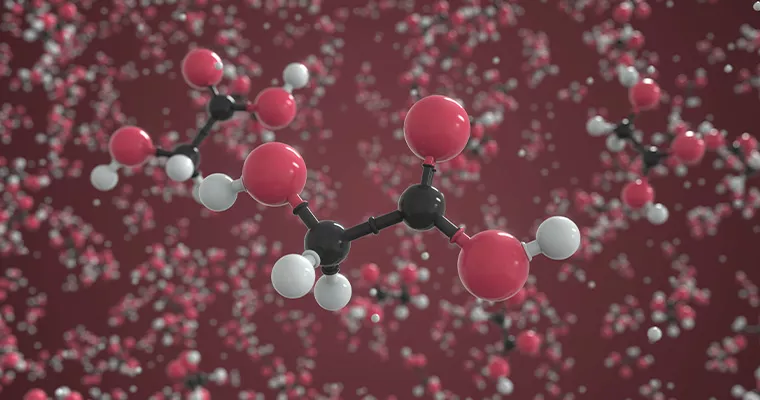
When choosing the best skincare products for you, the key is to examine the ingredients. The ingredients used to create a formula will often make or break the product.
Products containing high amounts of chemicals harmful to the skin are never a good option and are more likely to harm your skin rather than improve it. However, some chemicals can be beneficial for the skin and may help treat issues like acne and aging.
One of the most common examples of this is acid. Acids are chemical compounds that come in all different forms. While not all acids are safe for the skin, many acids are commonly incorporated into skincare products, and for a good reason.
Certain acids can completely transform your skin when used correctly. The tricky part is determining which acids are safe to use and how you should be applying them to your skin.
Perhaps the most popular acids brands use in skincare are glycolic acid and salicylic acid. If you have ever read the ingredient list of any exfoliating product, the chances are that you have heard of these acids before.
Though the two are similar in function, some crucial differences separate the two. Today, Particle will be dissecting glycolic acid and salicylic acid. We will cover their similarities and differences of these popular ingredients, providing you with everything you need to know to decide which acid is right for your skin confidently.
How Do Glycolic Acid and Salicylic Acid Compare?
The main difference between glycolic acid and salicylic acid is that they come from two acid families.
Glycolic acid is an alpha-hydroxy acid, or AHA, while salicylic acid is a beta-hydroxy acid or BHA.
Both hydroxy acids are most commonly associated with their exfoliating properties and successful ability to rid your skin’s surface of dead skin cells that could otherwise result in acne and premature aging.
Both glycolic acid and salicylic acid can help even out your skin texture and tone. Additionally, these acids may help decrease swelling and unclog pores, which can directly combat the development of blemishes and other forms of skin irritation. In terms of appearance, the acids can minimize the size of pores and the visibility of surface wrinkles.
How Do I Know Which Acid Is Right for Me?
While it is difficult to label one or the other as the superior hydroxy acid, it is possible to determine which acid is better for treating your unique skin based on their minor differences.
One of the main differences between glycolic acid and salicylic acid is that AHAs are water-soluble, but BHAs are oil soluble. When a substance is soluble, it can be dissolved, particularly in water.
Glycolic acid being water-soluble acid means that it can peel away the surface of your skin, allowing new, smooth, and even skin cells to generate instead.
Salicylic acid functions similarly, but as an oil-soluble acid, it is more potent. Oil-solubility allows salicylic acid to get deeper into the pores. While this may seem like the superior option, it is essential to note that BHAs can be too intense for some skin types and may do more harm than good.
Glycolic acid is more common for fixing surface-level issues. It can successfully address mild hyperpigmentation, uneven skin tone, fine wrinkles, and enlarged pores. On the other hand, salicylic acid can help address more severe damage like acne and sun damage.
What Products Contain Glycolic Acid or Salicylic Acid?
You can safely incorporate both hydroxy acids into a number of skincare products, such as cleansers, toners, moisturizers, peels, and masks.
Particle uses hydroxy acids as ingredients in our skincare products. Particle Face Wash, our daily 6-in-1 face wash, uses the AHA glycolic acid as one of its premium ingredients. Our face wash removes oil and grime, hydrates, soothes, exfoliates, and helps prevent skin irritation. Glycolic acid is used to get rid of dead skin cells and help with pigmentation concerns.
Since glycolic acid is an AHA — a water-soluble acid — it is a generally safe ingredient for all skin types. Yes, even you with your special man skin.
Rinse your hands and face with water, pump a handful of foam onto your wet palms, use your fingers to spread the product all over your face, and then rinse the face wash off thoroughly before gently patting your skin dry.
Skincare can get complicated, but Particle makes it easy by taking six steps and turning them into just one. With Particle, you can maintain a healthy and supple complexion that brings your confidence back — you’re welcome.
How Do Glycolic Acid and Salicylic Acid Work for Exfoliation?
Alpha-hydroxy acids and beta hydroxy acids are common in skincare for exfoliating purposes. To determine which hydroxy acid is best for ridding your skin of unwanted substances sitting on the epidermis, you must first understand how exfoliation works.
In addition to removing dead skin cells, exfoliating is popular for its ability to stimulate skin growth, increase circulation in the skin, and brighten up your appearance.
What Are the Main Types of Exfoliation?
There are two methods for exfoliation: mechanical and chemical. Mechanical exfoliation utilizes bristle brushes, sponges, and specially made gloves, to buff away unwanted substances. You can use some of these tools in combination with a scrub, while others can be applied to dry skin.
The second method is chemical exfoliation, where AHAs and BHAs come in. Chemical exfoliation uses chemical solutions containing acid to remove dead skin cells from your skin. The exfoliant will usually include an alpha hydroxy acid or beta hydroxy acid.
Across the board, chemical exfoliation is considered the milder of the two methods and the safest option for all skin types. Those with oily skin may benefit from the strength of mechanical exfoliation, but every other skin type can successfully have grime removed from their face with a chemical exfoliant.
Therefore, it is generally safe for every skin type to use a chemical solution containing either an AHA or BHA to exfoliate their skin. Still, suppose you have concerns about exfoliating harming your skin or fear that your naturally sensitive skin will react poorly to an exfoliant. In that case, you may want to use an alpha hydroxy acid like glycolic acid since it is considered the gentler between the two.
Are Glycolic Acid and Salicylic Acid Safe for All Skin Types?
While both glycolic acid and salicylic acid come with many benefits, with glycolic acid being milder, there is a slight chance that you can have an allergy or sensitivity to either of the two.
Common allergy symptoms to these hydroxy acids include itching, hives, headaches, stomachaches, quick breathing, and diarrhea.
If you find that you are sensitive to glycolic acid or salicylic acid and need to avoid applying it to your skin, you may also need to avoid consuming foods containing these natural acids.
Common foods containing salicylates include:
- Blueberries
- Apples
- Mushrooms
- Pine Nuts
- Avocados
Common foods containing glycolates include:
- Sugar Cane
- Tomatoes
- Pineapples
- Papaya
- Honey
If you believe you may be sensitive to an AHA or BHA, we strongly encourage you to reach out to a physician for testing and medical advice.
That said, it is very rare that you will react poorly to glycolic acid or salicylic acid, especially when the company knows what they’re doing with their products and they use acids in the right amounts. (It’s us, we’re the company.)
Proper Usage of Acids
Any product in excess poses the risk of irritating your skin. Acids, in particular, can cause damage if not used with care.
While both alpha hydroxy acids and beta hydroxy acids technically can cause mild skin irritation like redness, swelling, itching, and discoloration when used in excess, you can easily avoid this by using skincare products with a concentration of these ingredients of less than 10%.
Any product with a hydroxy acid concentration of more than 10% should be discussed with and prescribed by your dermatologist. Additionally, products like chemical exfoliants that contain higher traces of AHAs or BHAs should be slowly incorporated into your skincare regimen first to ensure that it works well on your unique skin.
Conclusion
In conclusion, understanding the difference between glycolic acid and salicylic acid does not have to be complicated. Initial confusion is understandable since the two different hydroxy acids are used in similar products for similar purposes, with their most coveted shared function being exfoliation.
However, there are differences between the two when it comes to their chemical composition and solubility. While minor, these differences are worth learning about. A slight change to your skincare routine may provide you with a massive, positive change that can get you the skin that you’ve been looking for.
For more specific recommendations on which hydroxy acid is best for you, consider seeking advice from your dermatologist.
Or, just give our face wash a go — we incorporate just enough glycolic acid to cleanse the grime off your face without irritating skin. Sounds a lot easier to us 🤷
Sources:
A review of toxicity from topical salicylic acid preparations | PubMed
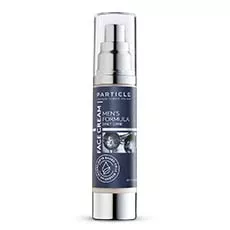
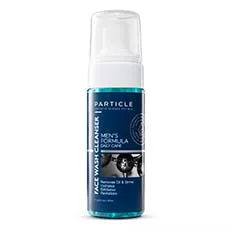
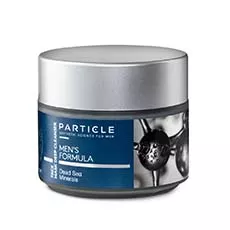
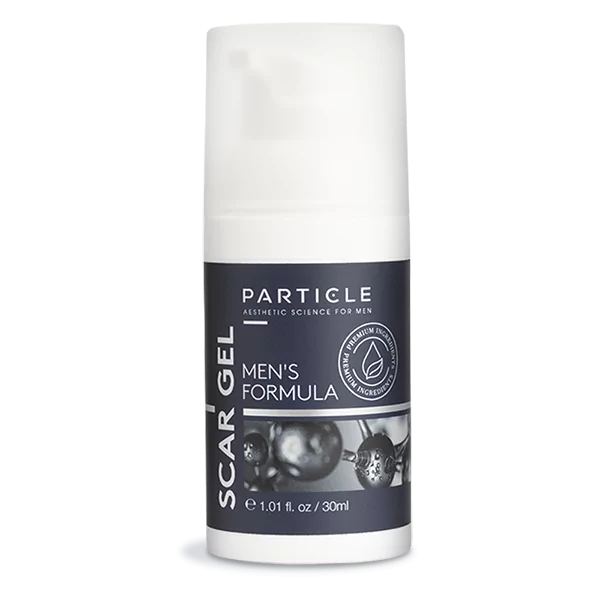
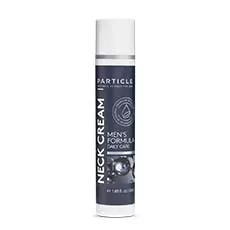
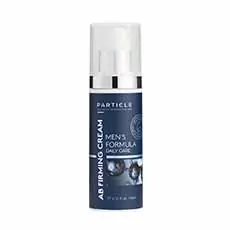
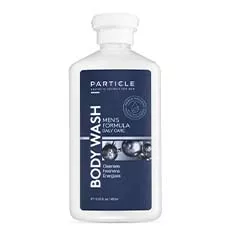
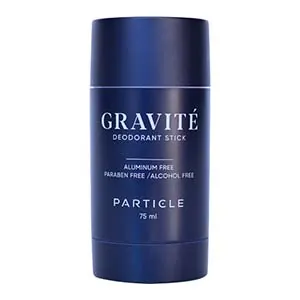
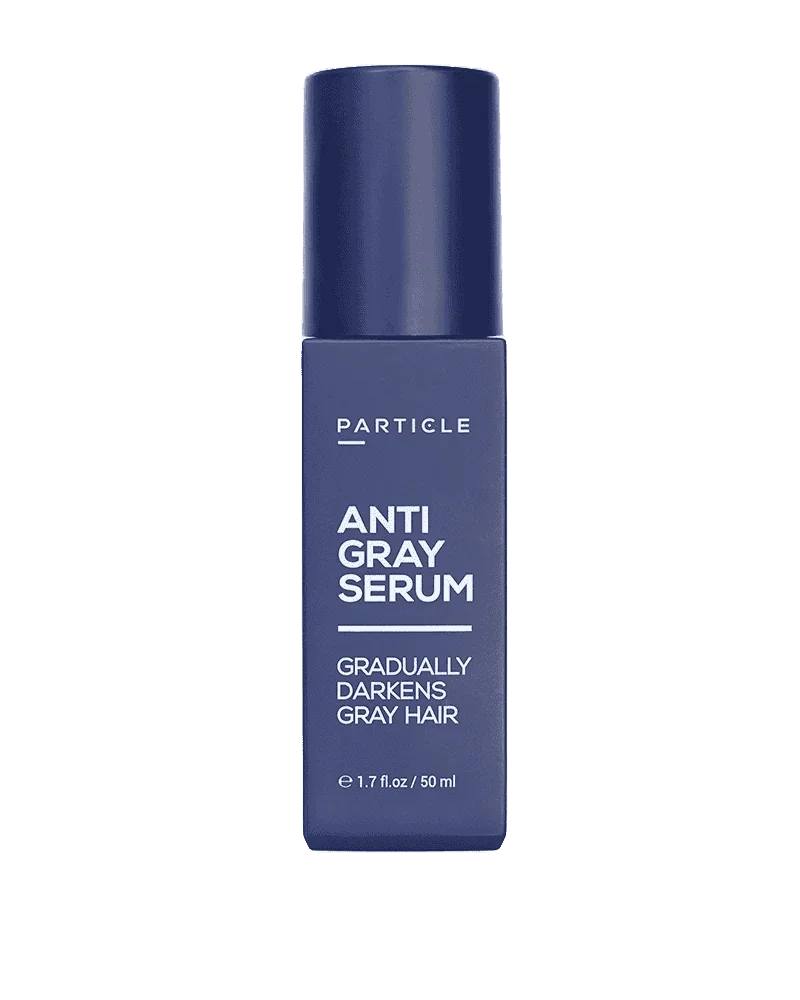
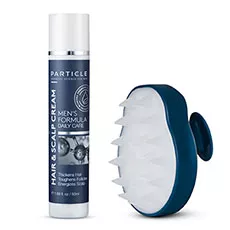
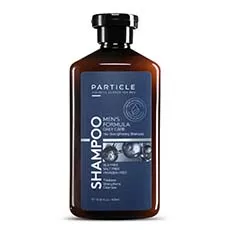
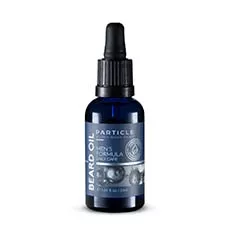
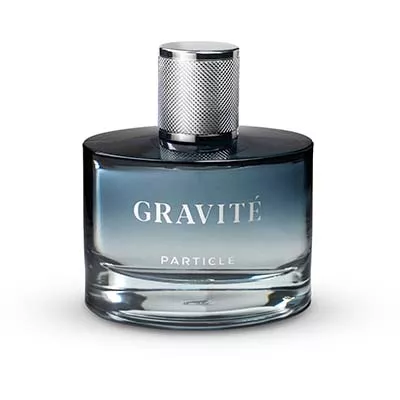

 gb
gb















